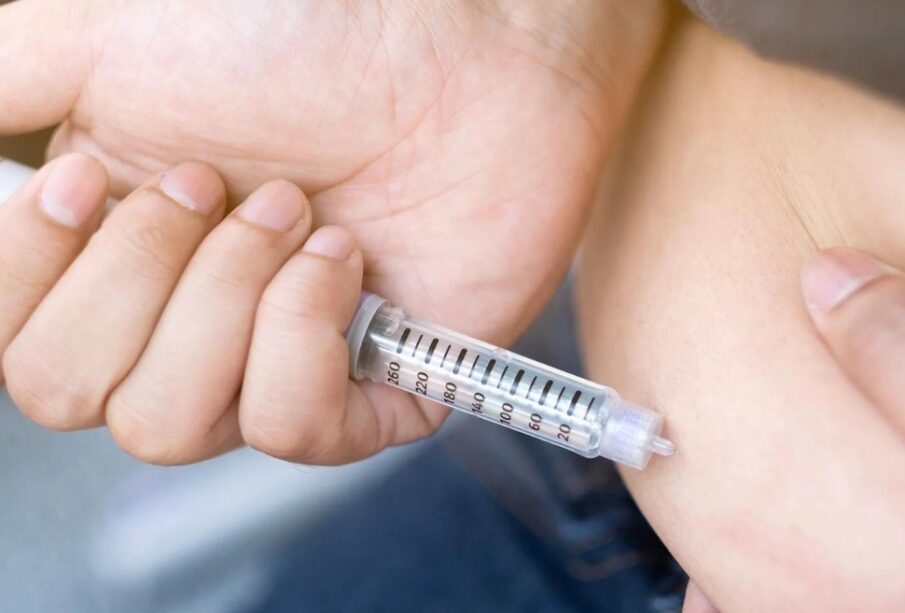
xr:d:DAEHNYl1bkA:159,j:45000905759,t:23041118
Unmixed powder peptides stay stable at refrigerator temperatures between 2-8 degrees Celsius. It avoids freezing damage while slowing molecular breakdown. Peptides stored at these temperatures retain their strength for months. It protects the powder from contaminants and moisture. After opening, peptides need immediate refrigeration. Mixed peptides in liquid form break down much faster than powder. Detailed information that bluumpeptides.com the resources provide about specific peptides usually lists exact temperature ranges for best storage:
- Powder peptides need storage at 2-8°C in a standard refrigerator
- Mixed peptides require the same temperature range
- Temperature changes should be avoided by storing in the main compartment
- Refrigerator doors have changing temperatures and should be avoided
The shelf life of mixed peptides varies by peptide type. A few remain stable for a few days, but others remain strong for several weeks. It depends on the peptide’s amino acid sequence. The breakdown of peptides containing methionine or cysteine is faster. It is always a wise idea to check the documentation for each peptide.
Protection from light
Light breaks down many peptides through chemical reactions. Both ultraviolet and visible light damage peptide bonds and change amino acid structures. Most peptide vials come in amber or dark containers that block light. These protective containers should stay closed except when needed. Keeping peptides in a dark refrigerator drawer or box adds more protection:
- Peptides should stay in their original amber or dark vials
- Vials belong in a drawer or covered box inside the refrigerator
- Handling and dosing time should be kept short
- Direct sunlight or bright indoor lights must be avoided
Even short light exposure during handling starts a breakdown. Drawing doses from vials should be done quickly, and vials should go back to dark storage right away. Fluorescent lights in homes and workplaces produce enough energy to damage light-sensitive peptides over time. A dedicated dark storage spot for peptides makes them last longer.
Contamination prevention
Powder peptides pull moisture from the air, which starts the breakdown before mixing. Lyophilized peptides must stay sealed until they are ready to use. After opening a vial, the air moisture begins affecting the powder. The entire contents should be mixed soon after opening to avoid moisture damage. Only sterile water with preservatives should be used for mixing to stop bacterial growth. Bacteriostatic water contains benzyl alcohol that prevents bacteria from growing in the solution:
- Powder vials should be opened only when ready to mix
- Bacteriostatic water with 0.9% benzyl alcohol works best for mixing
- Sterile needles and syringes must be used fresh each time
- Unused solution should never go back into the original vial
Contamination ruins peptides faster than any other storage mistake. Bacteria make enzymes that break peptide bonds quickly. Each needle puncture through the rubber stopper creates a possible entry point for contaminants. Proper sterile technique during all handling stops contamination. The stopper needs wiping with alcohol before each needle insertion. Needle tips must never touch any non-sterile surface. Mixed peptide vials should be stored upright to prevent the solution from touching the stoppers. The following practices ensure that peptides work properly.
How to Manage Clear Aligner Costs Without Sacrificing Quality
December 11, 2025Identifying Signs of Nursing Home Neglect
August 7, 2025






